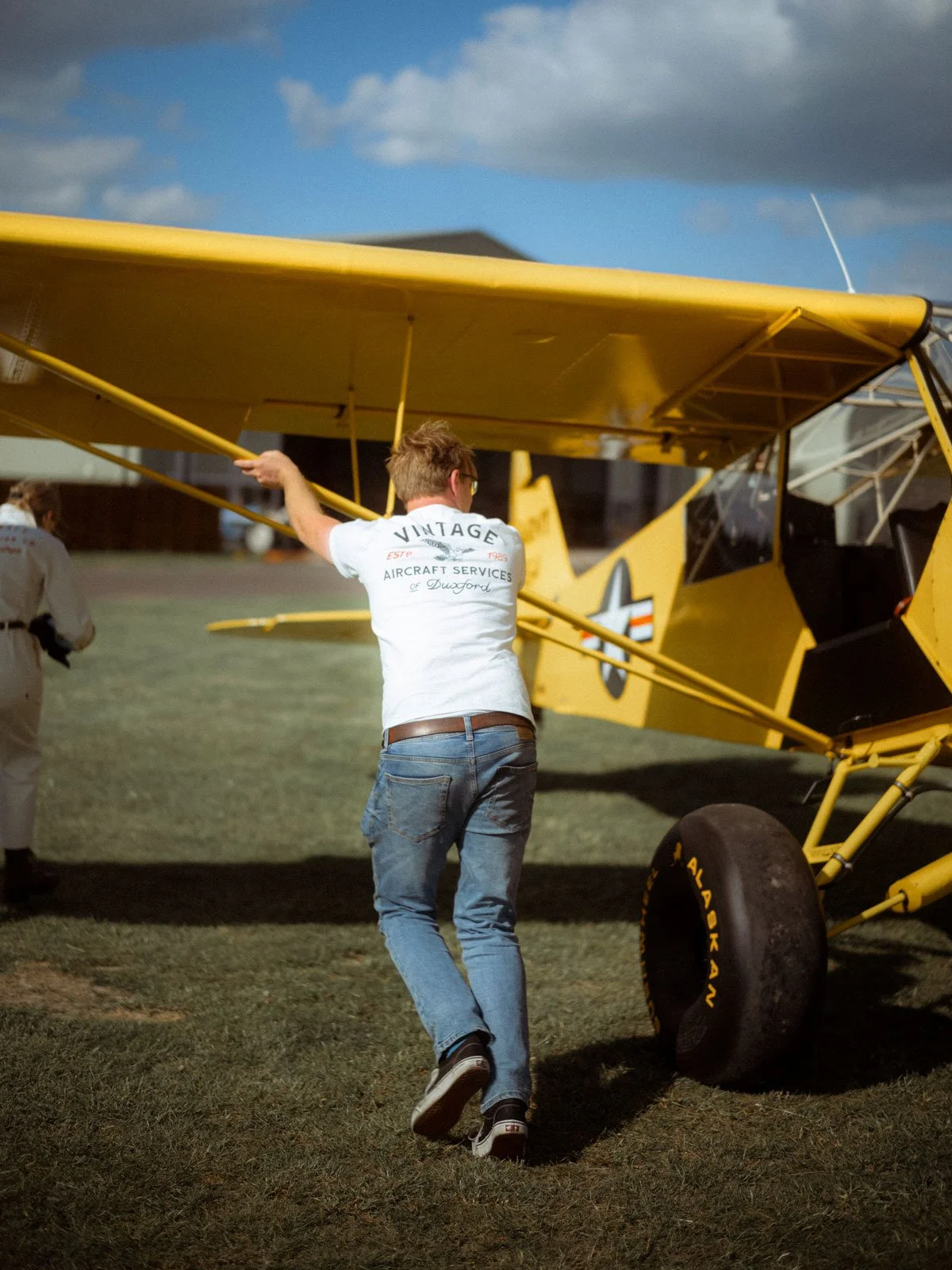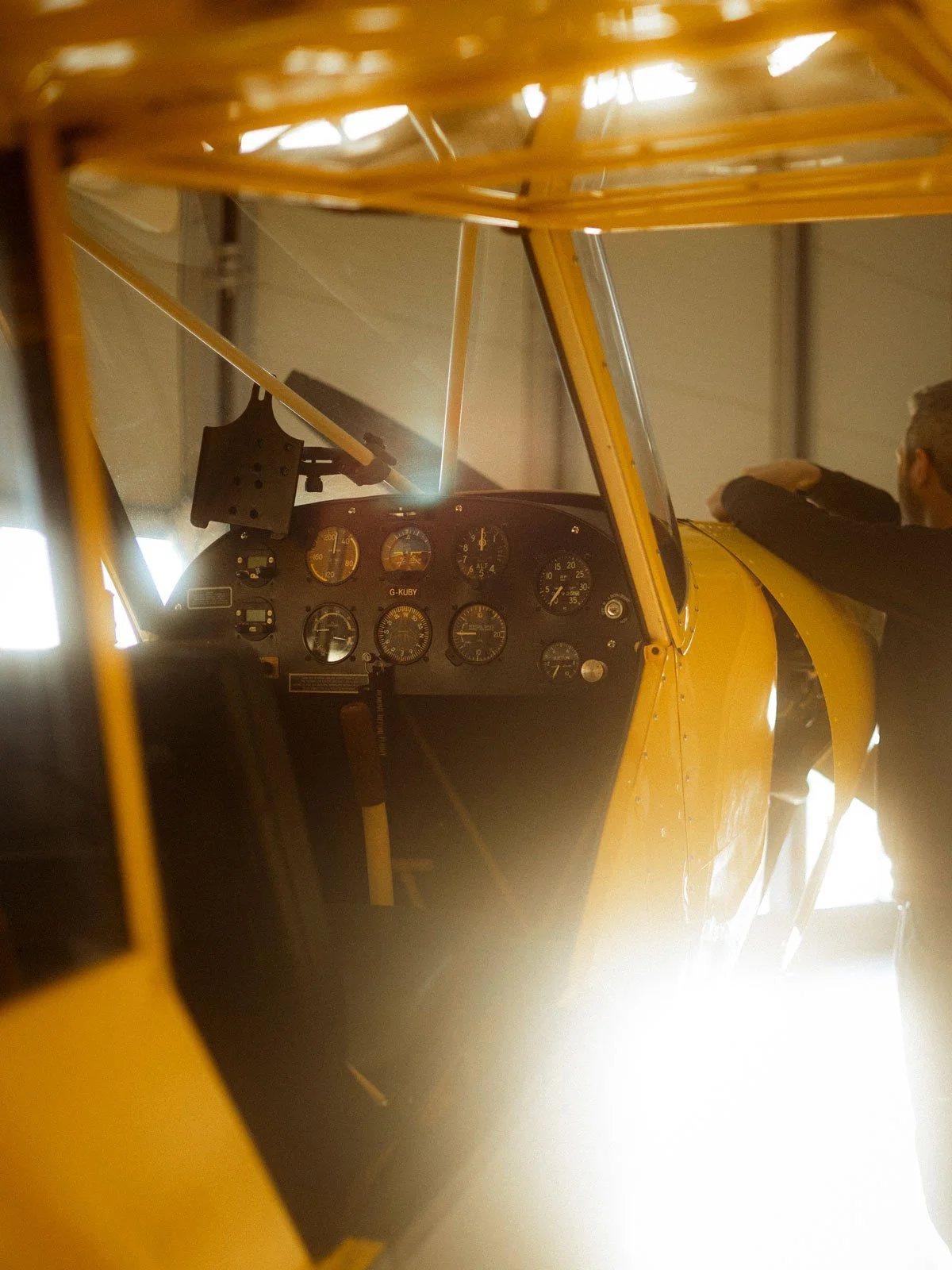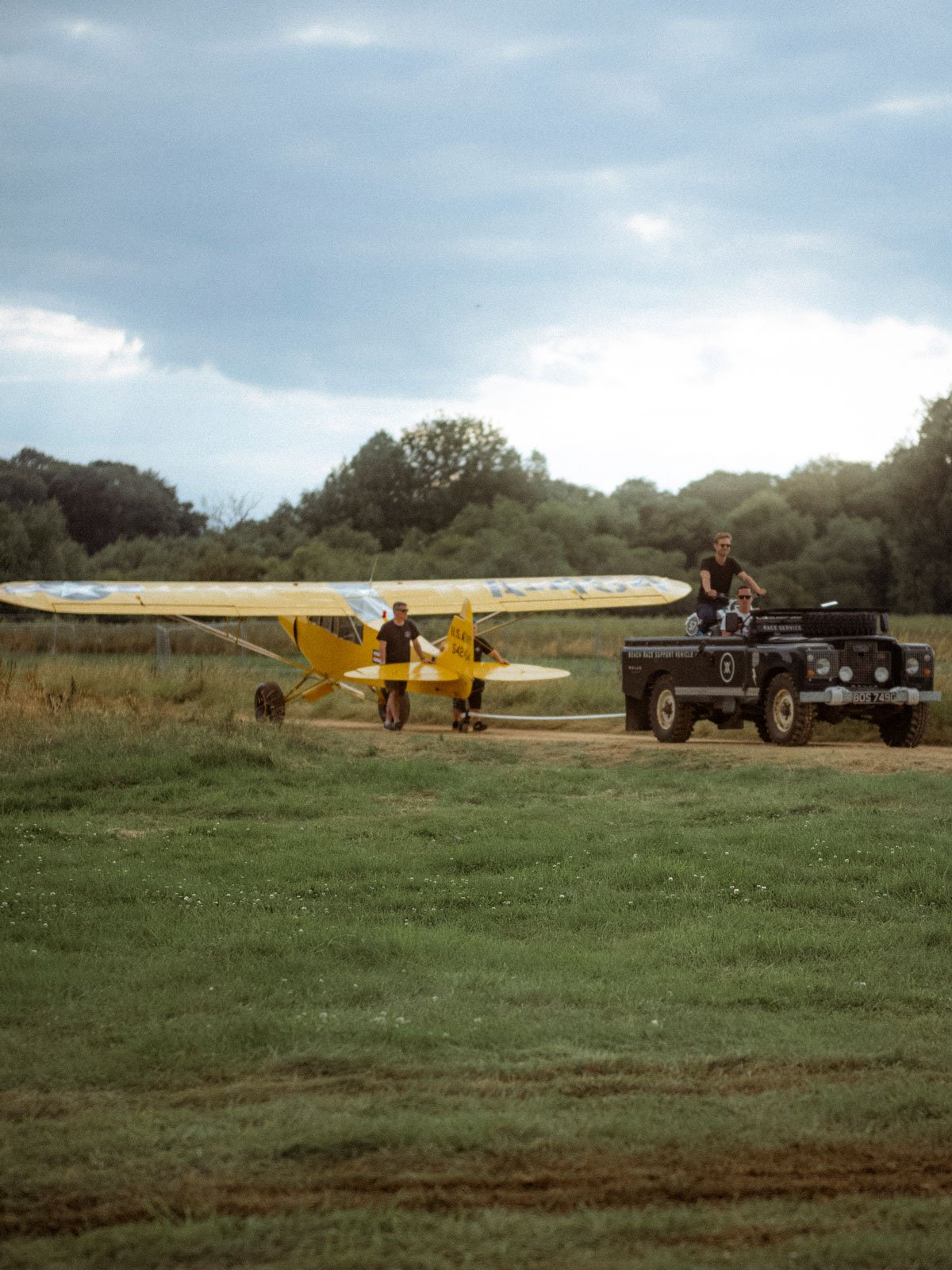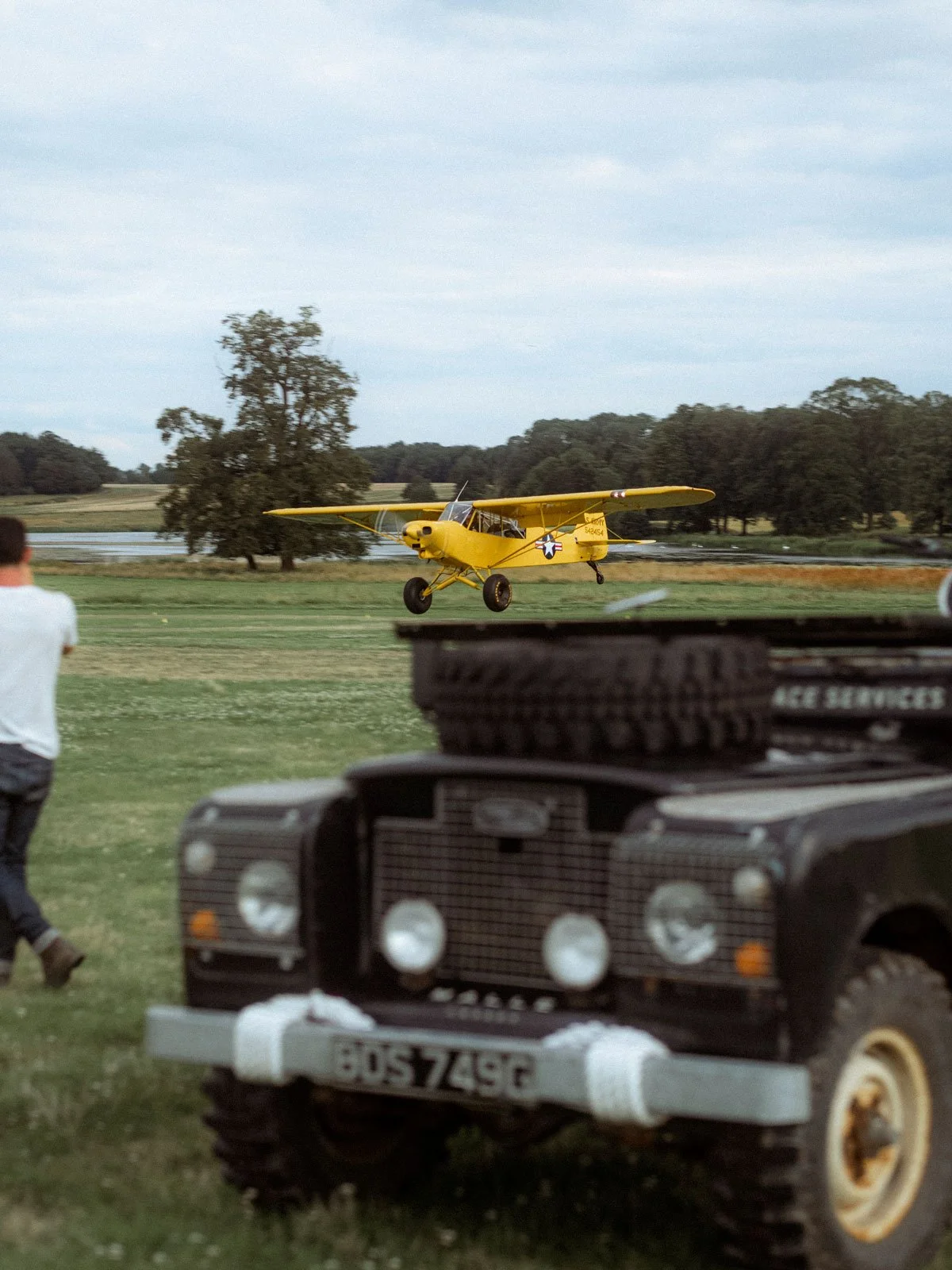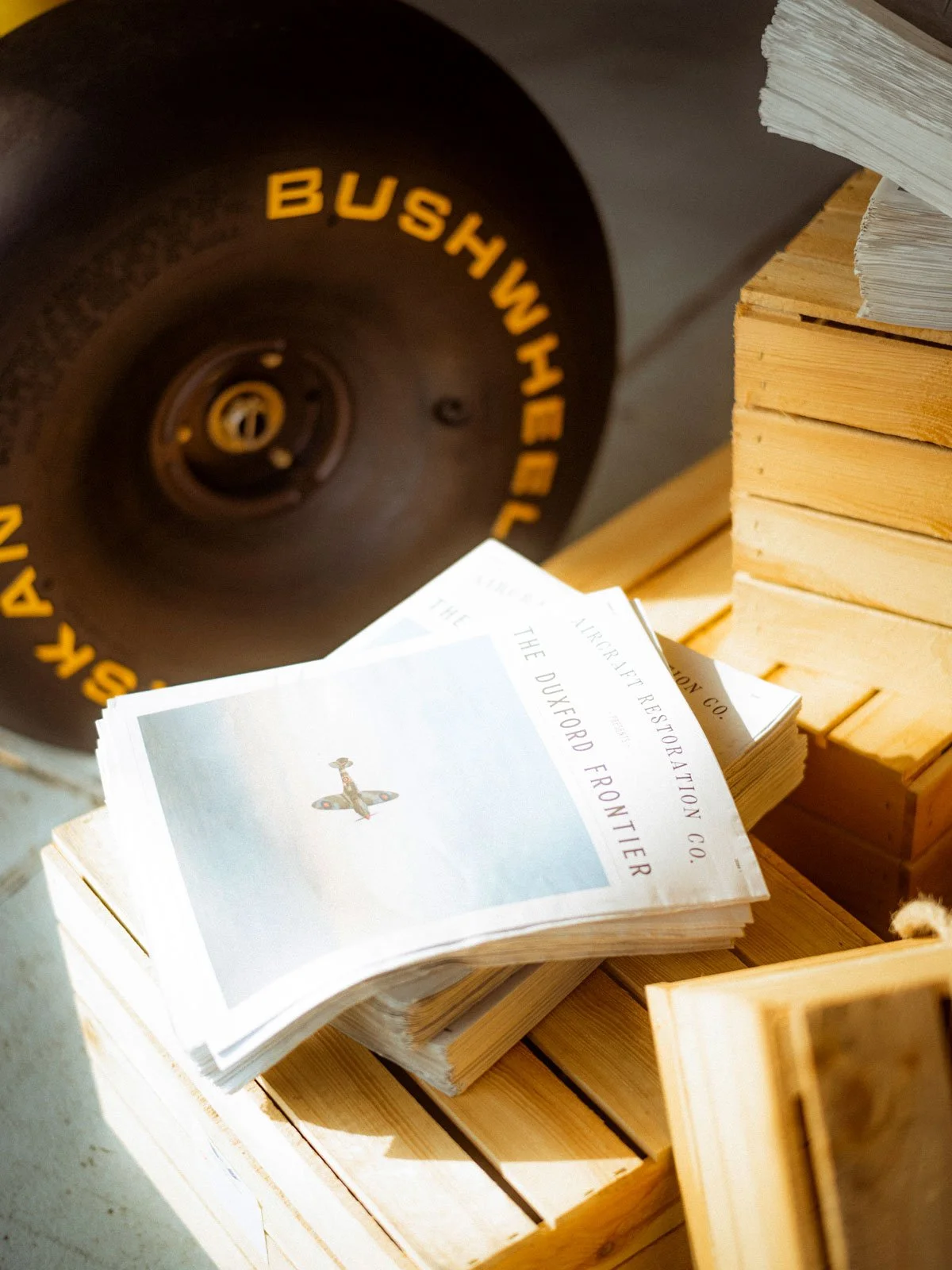PIPER PA-18-150 SUPER CUB KUBY
Super Cub
Piper PA-18-150 Super Cub G-KUBY is an immaculately preserved example of one of the most numerous utility aircraft of all time; a type universally loved by its pilots that continues to earn its keep across the globe after over 75 years of operation. The Super Cub traces its lineage back to the iconic J-3 and E-2 Cubs of the 1930s and retains the overall look of these earlier marques owing to its fabric and steel tube construction. However, several enhancements were made - as well as possessing a more powerful engine, the PA-18 became more user-friendly and versatile than the original Cub what with the addition of flaps and an electrical system. Over 10,000 airframes rolled off the production line until as late as 1994 - some 55 years after first flight - such was the success of the design. The increased power output and high-lift wing gave the Super Cub excellent performance; something quickly seized upon by pilots who did not have access to regular runways – the type responded well to being modified with skis, floats or operated out in the bush. The Cub story is by no means over as a few American companies continue to construct modernised and modified Cub variants of their own, such is the everlasting popularity of the design.
G-KUBY rolled off the production line in 1954 and was registered to the United States Air Force as 54-2454. The aeroplane subsequently passed to the strength of the Royal Netherlands Air Force (RNLAF) where it gained a wraparound camouflage colour scheme and the identity R-164 in the process. In Dutch service the Super Cub spent time as an observation aircraft; carrying Army Air Observers who would practice commanding the artillery from the air, often flying low-level using the cover of the terrain. It was also used for advanced flying training – students would first have spent 45 hours on the Fokker S-11, and those who passed the course proceeded onto the PA-18, flying approximately 145 hours over 9 months - the longest flying training programme in the air force at the time. In 1973, R-164 participated in the RNLAF’s 60th anniversary airshow at Deelen, where it flew as a member of the ‘Popsey Four’ team of Super Cubs bedecked with yellow cowlings and cheatlines. The quartet of PA-18s performed by all accounts an impressive routine full of tight and imaginative formations.
In 1977 R-164 was retired from military service and passed into the hands of a private operator in the Netherlands who registered it as PH-DKA. Unfortunately, the aircraft suffered damage in a taxiing incident in 1980 and was placed into storage. Some 31 years later, the Super Cub arrived at the Antwerp facility of Raymond’s Aircraft Restoration, who commenced a thorough and high quality rebuild of the aeroplane back to flying condition. As the restoration proceeded, the Cub was refinished in the distinctive yellow colours of the United States Army complete with ‘stars and bars’ – it flew again in 2015, by now on the German register as D-ESMV. After some time operating both in mainland Europe and within the UK, the PA-18 was put up for sale. In November 2020, the Super Cub was duly acquired by the Aircraft Restoration Company (ARCo), and transferred to the UK register as G-KUBY.
G-KUBY fulfils two important roles from ARCo’s base at Duxford – firstly as a useful ‘crew ferry’ to get people where they need to be around the country, and secondly as a trainer to introduce company pilots to the virtues of tailwheel flying; allowing them to hone their flying skills on this most honest of types whilst having sheer amounts of fun in the process. In early 2024 the aeroplane was fitted with an enhanced undercarriage and large Tundra tyres; both so reminiscent of Cubs typically operating in slightly less conventional landscapes! Along with the Aircraft Restoration Company’s de Havilland Beaver, an interesting pairing of bush/STOL types has been established - both of which perfectly juxtapose practicality with pastime. Despite G-KUBY being markedly smaller and less powerful than many of her Duxford stablemates, the aeroplane’s lasting charm ensures everyone who experiences flight in this brightly coloured machine exits the cockpit with a smile on their face.

